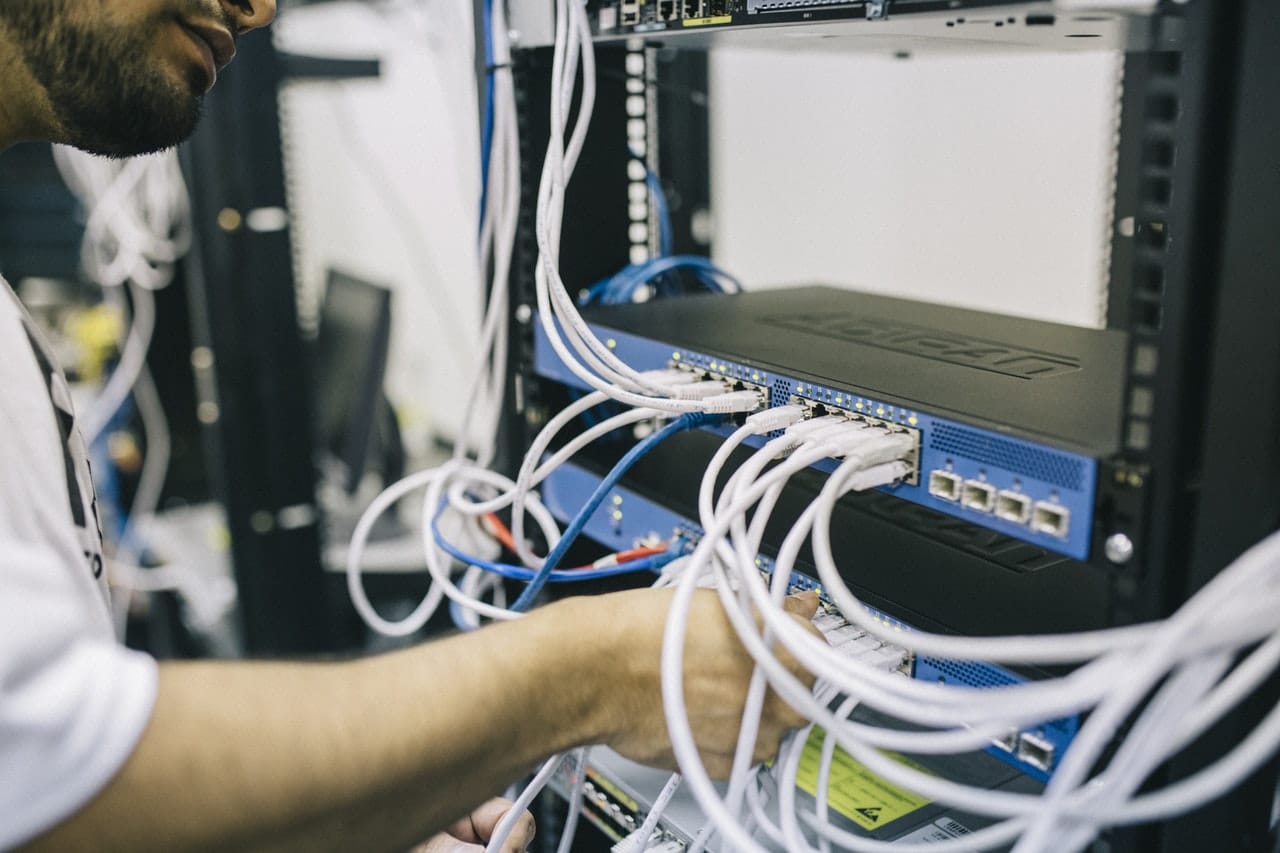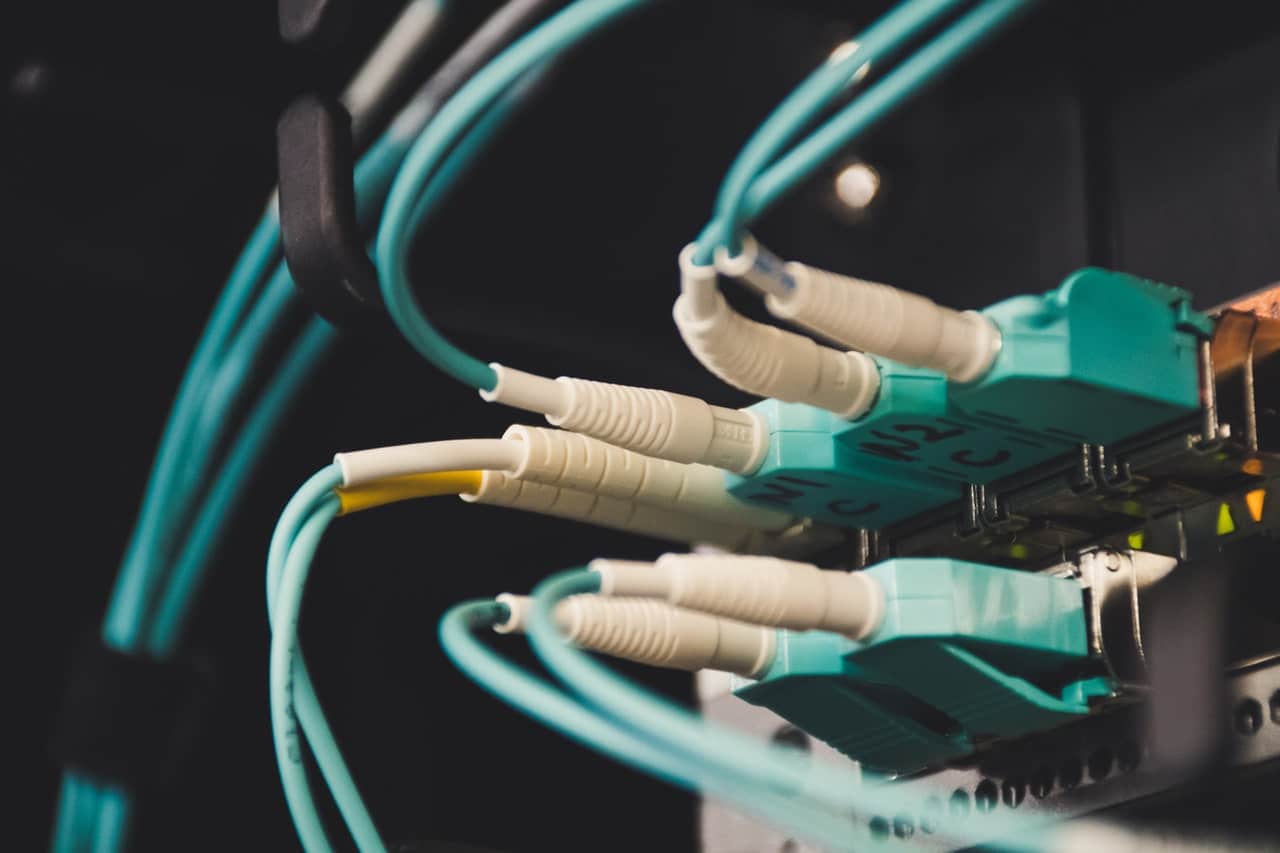Slow data transmission, poor network performance, and frequent downtimes are not only an annoyance. For businesses, these outages mean losses. Gartner estimates that businesses lose an average of $5,600 per minute due to network outages.
Losses due to network downtime vary depending on how dependent a business is on its network. An hour of network disruption can cost a business anywhere between $140,000 to $540,000 – and that’s just a conservative estimate.
IMAGE: PEXELS
In April 2018, around half of the European flights were delayed or canceled due to system failure at the Eurocontrol center in Brussels. The technical glitch affected half a million airline passengers across Europe. The disruption has not only disrupted travel and caused annoyance to passengers but also led to an incalculable economic impact.
Although network downtimes don’t always lead to catastrophic events, especially for small and medium businesses and organizations, scenarios such as the Eurocontrol system error highlight the importance of ensuring a sound IT system – and everything starts with an efficient cabling network.
According to IT support specialists at Symple IT Solutions, the cabling system is a vital part of the network. It is the backbone of the entire system. Without an efficient cable infrastructure, no network would exist.
Many network problems can be traced to cabling errors. Usually, these problems only become evident months or years after installation which makes it even more difficult to locate and troubleshoot the cause. Oftentimes, once an error has crept in, it becomes part of the network and you’d have to deal with it forever – unless you invest a huge amount to rectify it.
Knowing the most common mistakes in network cable installation can help you choose the best provider, plan a future-proof data cabling infrastructure, and verify the compliance and quality of your cabling network.
So, what are the top errors to avoid when installing cabling networks?
1. Poor Planning
Many network cable installers, particularly non-professionals or DIYers, proceed with a network installation project without a solid plan and strategy. As a result, the system is either not adequate to meet the present needs of the business or meets the present needs but not the forecasted needs.
Contrary to what many people think, developing a company’s network infrastructure is more than just laying out the cables. It involves complex and strategic planning that puts into consideration the current and expected growth in terms of equipment and internal users.
It’s not enough that the network is able to meet the present data needs of the company. The network infrastructure should be ready to accommodate the forecasted needs in maybe five or ten years.
2. Lack Of Cable Management
Another common mistake is neglecting or postponing cable management. At the very start of the network cabling installation process, you have to consider investing in efficient cable management.
Poor cable management can result in a number of network problems such as frequent and longer downtimes, frequent patchwork, unnecessary duplication of cables, and poor performance of switching equipment. Aside from these network problems, deficient cable management can lead to unsightly cables that are more difficult to maintain and troubleshoot.
So, if you don’t want to be bothered by any of these problems in the future, be sure to implement cable management techniques right from the planning stage.
3. Not Removing Unused Cables
Unused network cables that don’t serve any function must be removed. Unfortunately, this is one of the most common errors that both the professional and non-professional cable installers do. Leaving patch cables that are not used can only complicate maintenance. Aside from that, these unused cables can easily get tangled.
4. Neglecting Installation Requirements
Another mistake to avoid is ignoring installation standards and requirements. Many of the network errors can be traced to cables exceeding recommended distance, environment too moist or humid, or bend radius not followed. Every cable type, equipment type and speed, and the installation environment has a set installation requirement to be met. Ignoring these requirements increases the chances of poor network performance and efficiency.
There are also cabling standards, legal requirements and building codes that need to be followed. Neglecting these regulations poses safety risks and may be a legal problem.
5. Lack Of Provision Of Maintenance, Troubleshooting And Upgrade
Network infrastructure is an ever-changing system. It requires frequent maintenance and upgrade, as well as, occasional troubleshooting. As such, you need to make provisions for these purposes.
Some ways to make your network future-proof are: making sure that the cables run through areas with enough access or space for future work; leaving enough room that will make cable removable easier, and implementing cable management. Having these provisions in place ensures the infrastructure’s long-term reliability and flexibility.
If you are interested in even more technology-related articles and information from us here at Bit Rebels then we have a lot to choose from.


COMMENTS